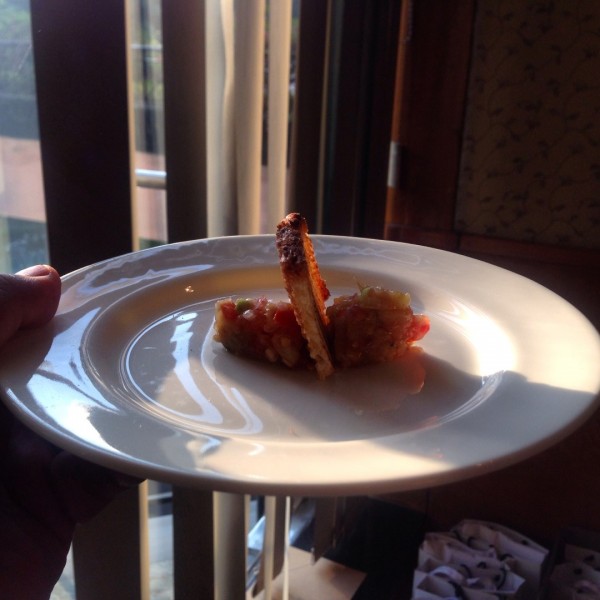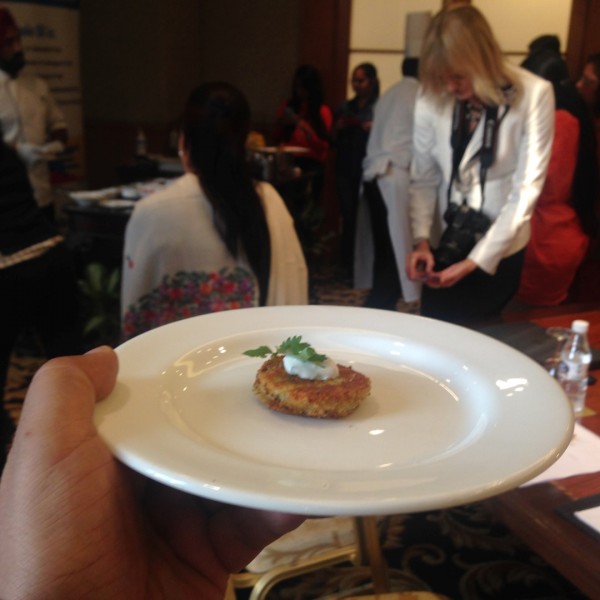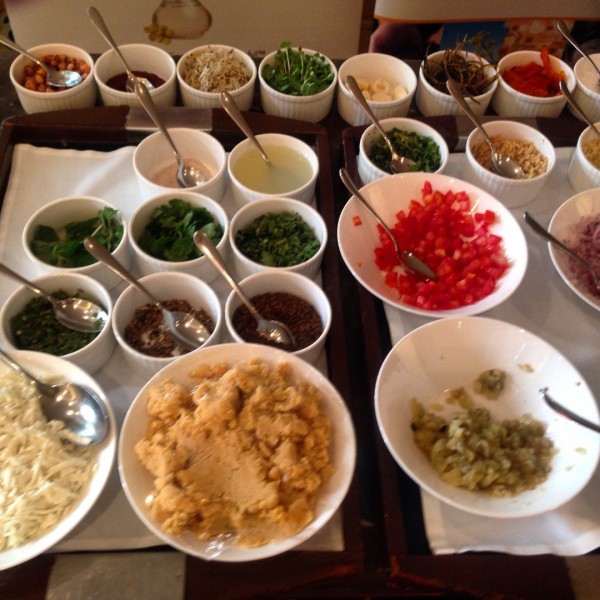There is hustle-bustle everywhere… moments can go higgledy-piggledy, topsy-turvy, and hugger-mugger… or one can come across charming itst-bitsy, happy-dappy info nuggets… personalities you meet can be hoity-toity or even hurly-burly. Now all this is interesting to know, but equally vital is to know the pufa-mufa of life.
Come on, you still don’t know what pufa-mufa means? You want another itsty-bitsy clue? Ok… the PUFA:MUFA ratio needs to be 1:1 for a healthy life. Got it now? Of-course, you know and you’ve read a lot about the polyunsaturated fatty acids and the monounsaturated fatty acids. But despite having read a lot of complex jargon, most of us are still confused and keep saying: ‘I must know more about these things. They have something to do with health and about our choice of oils to be used for cooking.’ You’re dead right… pufa-mufa is having a lot to do with the way the platelets in your blood stream might behave and whether you’re going to go around with a placard that says: I have MI.
No, you don’t want to have MI. You wouldn’t like to watch your lipid profile getting messier with the LDLs going up and the HDLs having a downswing. ‘But I have a rather encouraging BMI,’ is what I’ve heard a lot of people say… listen, there are innumerable cases where despite a low BMI, the probability of MI remains high. The other day I was talking to Surjan Singh Jolly, director of Food & Beverage with J W Marriott in Bengaluru, and he said, ‘Pufa and mufa in a ratio of 1 is to 1 is the safest… and your cooking oil buying decisions must be based on this.’
Angela Dansby, the Communications manager from canolainfo agreed and added, ‘For a healthy life the omega 3 to omega 6 ratio matters. The body cannot produce them so they come from other sources like salmon or fish oils etc.’ She then pulled out a quote that the FDA has made mandatory on containers of canola oil and eligible products sold in the U.S.: ‘Limited and not conclusive scientific evidence suggests that eating about one and a half tablespoons (19 grams) of canola oil daily may reduce the risk of coronary heart disease due to the unsaturated fat content in canola oil. To achieve this possible benefit, canola oil is to replace a similar amount of saturated fat and not increase the total number of calories you eat in a day.’
The truth is that in India we do not see canola oil being marketed as aggressively as a lot of oils from other sources… and so the consumer knows and chooses from safflower, flaxseed, sunflower, corn, olive, soybean, and even peanut oil… and what we do not know is that most of the processed food manufacturers tend to favour palm oil as it happens to be the cheapest but the most harmful of this lot. No, not all the oils listed are harmful… but canola oil does have advantages like a its culinary smoke point, that is, the temperature at which it begins to smoke and degenerate, is the highest at 242 degree Celsius. This simply means that that it is a stable oil that doesn’t break down at high temperatures, and ‘so it is ideal for sautéing, stir-frying, deep-frying, and other heat applications’. Chef Jolly smiled and added, ‘By the way, Canola lets the flavours not be subjugated and allows them to remain dominant.’ This is vital so far as cooking is concerned. I’m sure no one wants the palate to be over-powered by the aggressive personality of an oil… and making the delicate flavour of the main protagonist in a dish go into hiding?
One of the bloggers present at this meet did ask about the traditional use of other oils… for instance, there are dishes that are traditionally cooked in mustard oil and would lose their regional charm if this oil wasn’t used. Chef jolly said, ‘A little bit of that a lot more of canola makes life a lot healthier!’ I would agree with that logic for sure.
We were also informed that canola oil could be used for salad dressing as well… and yes, Chef Jolly did prepare pan-fried chickpea patty and smoked eggplant mash with toasted croute to prove his point that canola not only ensures the preponderance of the flavour of the vegetable or meat used, but also does not leave that very unnerving oil film on your hands or inside the mouth.
Now, for those of you who are wondering what canola is all about, it comes from the crushed seeds of the canola plant which is part of the Brassica family and includes cabbages, broccoli and cauliflower. The canola website explains: ‘Each canola plant (which is a rapeseed variant) grows from 3 to 6 feet (1 m -2 m) tall and produces beautiful yellow flowers. As the plant matures, pods form that are similar in shape to pea pods, but about 1/5th the size. Each pod contains about twenty tiny round black or brownish-yellow seeds.’ These seeds are crushed and the oil extracted… and a further refinement is bottled as Canola oil which has ‘a pale golden color, light texture, neutral taste and high heat tolerance. The average canola seed is 45% oil. The remainder of the seed, which is very high in protein, is processed into canola meal and used as a high quality animal feed.’
I was wondering why our stores in India stock all other cooking oils and why I haven’t really noticed the presence of Canola oil. I was told that canola oil is produced mainly in Canada and 90 percent is exported with only 10 percent being sufficient to cater to the local market. Surprisingly, 90 percent of the 90 percent that is exported goes to US, China, Mexico, and Japan, and the rest goes to the rest of the world. Well, personally speaking, if the Japanese chefs are happy with using Canola oil, so should the chefs anywhere else. This could be because Canola oil is high in healthy unsaturated fats (93%), free of cholesterol and trans fat, and the lowest in saturated fat (7%) of any common edible oil.
I decided that the next time I go for grocery shopping with Specky, my wife, I am surely going to ask for canola oil. Let me end this small introduction to canola by letting you know that CANOLA = CAN (from Canada) + OLA (a stylised way of mentioning oil). So a can of ola must necessarily be one that doesn’t let arterial plaques get bolder, if you see what I mean.
.
.
.
Some interesting pictures clicked during the meet:

…and yes, Mr. Bruce Jowett, Vice President of Market Development, Canola Council of Canada did tell us a lot about Canola oil…
.
.
.
Arvind Passey
23 December 2014















2 comments
shreya says:
Dec 31, 2014
Nice one. Liked it. Seems that u are very much interested in foodie matters. Thank u for the share.
Arvind Passey says:
Dec 31, 2014
Thanks for the appreciation, Shreya… and yes, food is fascinating, right?
But do browse through my blog and read political satire, poetry, travel tales, tech reviews, humour, serious analysis, and posts on almost everything.
🙂